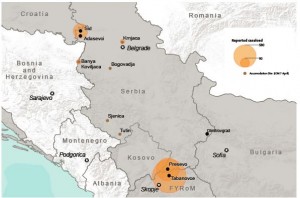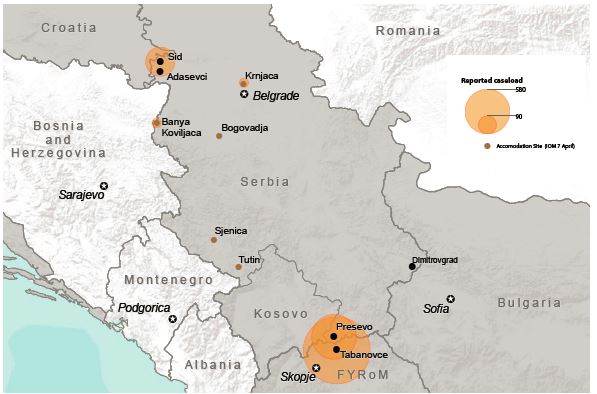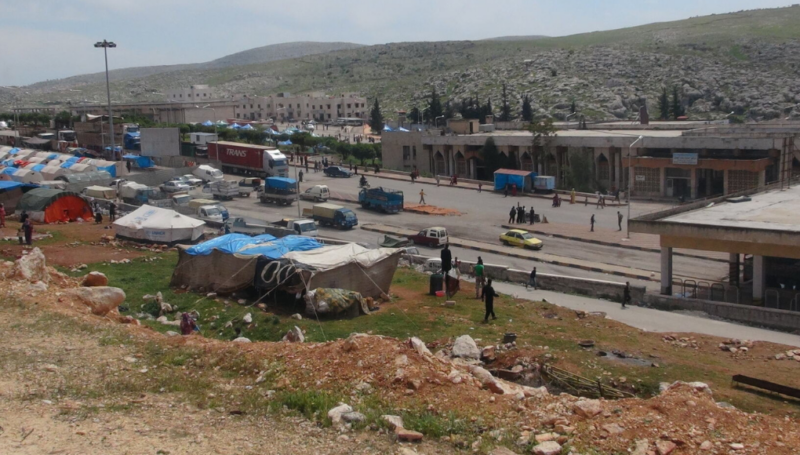
The Western Balkans ‘migration corridor’ has been officially closed since 20 March following the implementation of the EU-Turkey Plan, leaving over 50,000 migrants reported along the migration route in Greece, FYROM, Slovenia, Bulgaria and Hungary, unable to continue their journey towards Western Europe and unsure of the legal pathways available to them.
To shed light on the situation of those stranded and understand the implications of the EU-Turkey Plan, REACH’s latest monthly situation overview focused on examining the intentions, reactions and vulnerabilities of these migrants in relation to the border closures. REACH additionally collected data from the countries of origin (Syria, Iraq and Afghanistan) to uncover motivations leading people to leave their countries of origin and the likelihood of continued new arrivals.
REACH found that despite the official border closures along the Western Balkans migration corridor – people have continued to travel using irregular means. Since the cut off, new arrivals have been recorded in Austria (1,396), Hungary (1,474), Serbia (224), Bulgaria (28), and Slovenia (16) – REACH estimates that actual numbers are likely to be much higher. Additionally, new routes have been reported both within Europe and directly from areas of origin.
The absence of safe and legal pathways for onward movement had led increasing numbers of people to resort to irregular means – including families and young children. Consequently, these people become increasingly “invisible” and face risks of injury and exposure to violence and abuse from criminal gangs, smugglers and border guards.
In terms of origins of migrants in the Western Balkans, Syrians continue to constitute the largest proportion of Mediterranean sea arrivals, followed by Afghans and Iraqis. REACH found that the month of March saw a particular spike in arrivals from Aleppo Governorate, which accounted for 74% of all Syrian arrivals. This is most likely related to the intensification of conflict in early February that caused the displacement of an estimated 70,000 people from Eastern Aleppo City and Northern Aleppo Governorate.
Despite awareness of these new restrictions, through information collected in areas of origin, REACH found that large numbers of people are still prepared to leave for Europe for a variety of reasons, including active armed conflict, violence and insecurity and a lack of access to income and basic services, caused by years of instability.
To read REACH’s March Situation Overview, which also offers a retrospective look into the changing profiles and push and pull factors of arrivals in the previous months, click here.
Image: Location of transit sites and stranded populations in FYROM and Serbia









